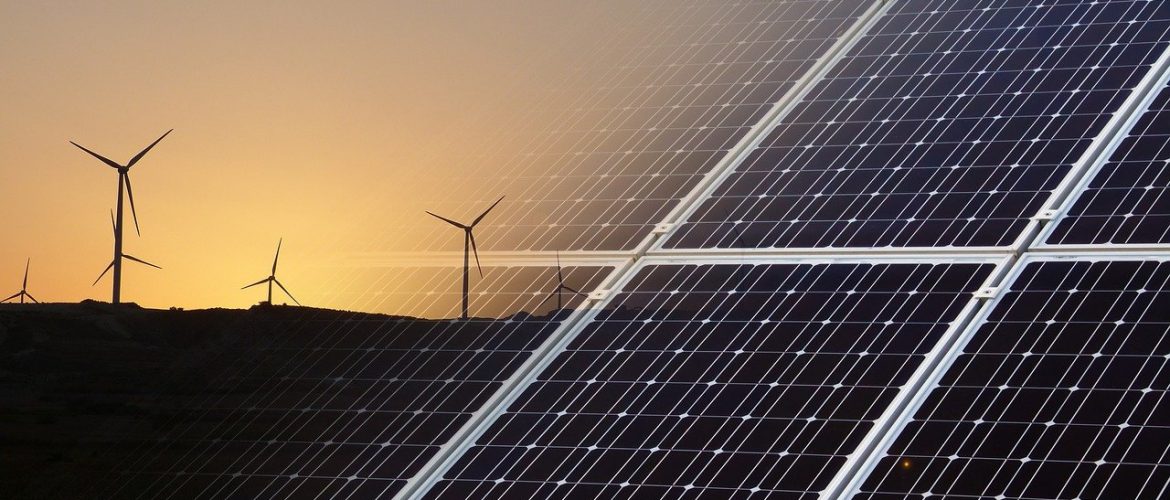In the first two months of 2024, renewables approached 50% of the demand (47.7%). Together with large hydro they exceeded 55%. Fossil gas increased by 40.7% compared to the first two months of 2023, reaching 2021 levels, while electricity consumption increased by 2.3%.
According to the latest available monthly data from the Greek IPTO (ADMIE) for the interconnected network (February 2024):
Renewables (excluding large hydro) maintained the lead in electricity production in the first two months of 2024 for the second consecutive year with an output of 4,063 GWh, surpassing fossil gas and lignite combined (3,301 GWh) by 425 GWh.
Fossil gas was second (2,537 GWh), returning to 2021 levels. It marked a 40.7% increase compared to the first two months of 2023. Lignite was third with 765 GWh – this was the lowest production in the first two months of any year (at least) in the last decade – and then large hydro was fourth with 637 GWh. Net imports came in last place with 526 GWh.
The large increase in renewables (+819 GWh) and the almost equal increase in fossil gas (+733 GWh), in the first two months of 2024 compared to the same period of 2023, covered the sharp drop in net imports (-1,107 GWh), the smaller decrease in lignite (-252 GWh) and the increase in demand (+188 GWh).
This is a reversion of the situation up until the end of 2023, when a large decrease in fossil gas was recorded, which together with the decrease in lignite and hydropower was offset by an increase in both net imports and the contribution of renewables.
The corresponding percentage changes in the first two months of 2024, compared to 2023, were:
- Lignite: -24.8%
- Fossil Gas: +40.7%
- Renewables: +25.2%
- Hydroelectric: -0.5%
- Net imports: -67.8%
- Demand: +2.3%
Clean energy from renewables and large hydro (4,700 GWh) in the first two months of 2024 was the highest of the decade, up by 21% compared to the first two months of 2023 (3,885 GWh). In fact, it exceeded by 1,399 GWh the electricity production from fossil fuels (3,301 GWh), which also recorded a smaller increase (+17.1%).
Clean energy surpassed fossil fuels for the first time in the first two months of 2021, but by a much smaller margin (just 977 GWh). The corresponding gap in 2023 was also lower (1,064 GWh).
Renewables together with hydro in the first two months of the year had a share of demand coverage well above 50% (55.1%). The previous high was recorded in 2021 (53.7%), mainly due to the increased contribution of large hydro. In 2023 the corresponding share of clean energy was 46.6%.
The increase of the contribution of renewables and large hydro to domestic electricity production was even greater, as together they had a share of 58.7% in the first two months of 2024, marking an increase compared to the corresponding performance in 2023 (57.9%).
The share of renewables in meeting demand (excluding large hydro) was also high, with a share of 47.7%, almost 9 percentage points above the previous high of the first two months of 2023 (38.9%). The rest of the demand in the first two months of 2024 was met by fossil gas with a share of 29.7%, lignite with 9%, large hydro with 7.5% and net imports with just 6.2%.
In February 2024:
- Lignite production (373 GWh) was the lowest in 10 years for the month of February.
- Electricity demand (3,994 GWh) was the third lowest in 10 years for the month of February.
Electricity consumption in the first two months of 2024 (8,530 GWh) increased by 2.3% compared to the same period last year, while it decreased by 4.4% compared to the average of the last five years.




















































































































































































































































































































